Home>Furniture & Design>Bathroom Accessories>How To Use Epsom Salt Without A Bathtub
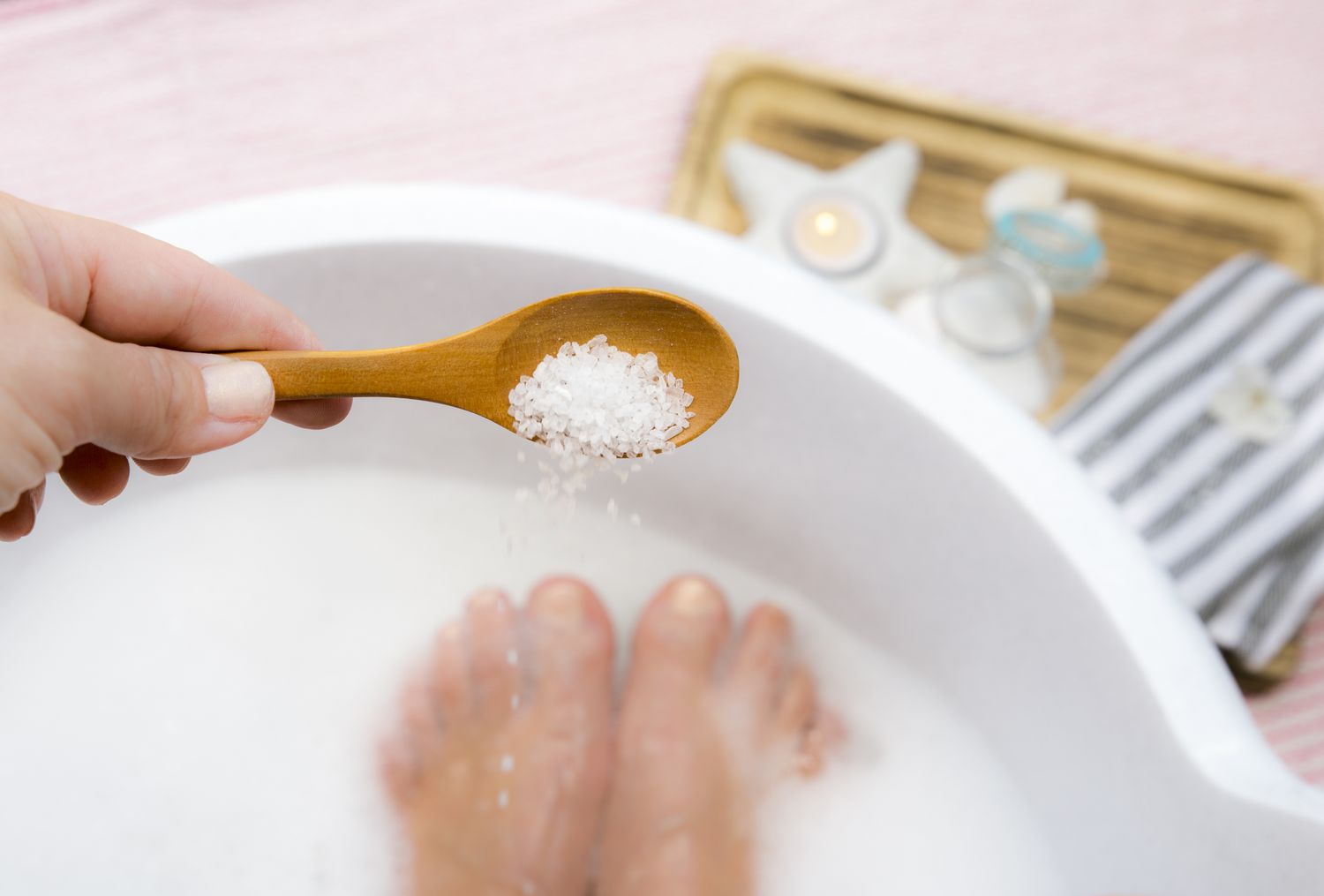

Bathroom Accessories
How To Use Epsom Salt Without A Bathtub
Modified: March 5, 2024
Learn how to use Epsom salt for relaxation and muscle relief without a bathtub. Discover alternative methods for enjoying this bathroom accessory.
(Many of the links in this article redirect to a specific reviewed product. Your purchase of these products through affiliate links helps to generate commission for Storables.com, at no extra cost. Learn more)
Introduction
Epsom salt, also known as magnesium sulfate, has been a staple in households for its versatile uses and therapeutic benefits. While it's commonly associated with luxurious baths, not everyone has access to a bathtub. However, this should not deter anyone from enjoying the numerous benefits of Epsom salt. In this article, we will explore alternative ways to harness the power of Epsom salt without the need for a bathtub. Whether it's for relaxation, skincare, or muscle relief, there are several creative and effective methods to incorporate Epsom salt into your self-care routine. Let's delve into these innovative approaches and discover how Epsom salt can elevate your wellness regimen beyond the confines of a traditional bath.
Key Takeaways:
- Elevate your self-care routine with Epsom salt foot soaks, skin pastes, shower scrubs, and exfoliants. Enjoy relaxation, skincare benefits, and muscle relief without needing a bathtub. Get creative and indulge in personalized wellness experiences.
- Transform your self-care rituals with Epsom salt, even without a bathtub. From foot soaks to skin pastes, there are numerous ways to enjoy the therapeutic benefits. Embrace DIY self-care and nurture your well-being with Epsom salt.
Read more: How To Use Epsom Salt In The Garden
Using Epsom Salt in a Foot Soak
Epsom salt foot soaks are a fantastic way to pamper your feet and promote overall relaxation. Even without a bathtub, you can easily create a rejuvenating foot soak using a basin or large bowl. Here's how to make the most of this soothing experience:
Ingredients and Preparation
- Epsom Salt: Start by filling a basin or large bowl with warm water. For an average-sized basin, 1/2 cup of Epsom salt is sufficient. Adjust the quantity based on the size of the container and your personal preference.
- Optional Additions: To enhance the foot soak, consider adding a few drops of essential oils such as lavender or peppermint. These aromatic oils can amplify the relaxation and provide additional benefits for your feet.
The Soaking Process
- Dissolving the Epsom Salt: Once the warm water is ready, pour the Epsom salt into the basin and stir gently to help it dissolve.
- Soaking Time: Sit back, relax, and immerse your feet in the soothing Epsom salt solution. Allow your feet to soak for at least 15-20 minutes to experience the full benefits.
Benefits of Epsom Salt Foot Soaks
- Relaxation: The warm water and Epsom salt combination can help relax tired and achy feet, providing a sense of relief after a long day.
- Exfoliation: Epsom salt can help remove dead skin cells and soften rough patches on the feet, leaving them feeling smoother and rejuvenated.
- Reduced Swelling: If you've been on your feet for an extended period, an Epsom salt foot soak can help reduce swelling and provide comfort.
Read more: How To Use Bath Salts Without Bathtub
Aftercare
After the foot soak, gently pat your feet dry and consider applying a moisturizing lotion to lock in the hydration and further nourish your skin.
By incorporating Epsom salt foot soaks into your self-care routine, you can indulge in a simple yet effective way to rejuvenate your feet and promote overall well-being. Whether it's a weekly ritual or an occasional treat, this practice can be a delightful addition to your wellness regimen.
Making an Epsom Salt Paste for Skin
Epsom salt isn't just reserved for luxurious baths or foot soaks; it can also be transformed into a rejuvenating paste to revitalize and exfoliate the skin. This simple yet effective DIY skincare remedy can be easily prepared and applied to various areas of the body, offering a multitude of benefits for the skin.
Ingredients and Preparation
Creating an Epsom salt paste requires minimal effort and only a few basic ingredients:
-
Epsom Salt: Begin by measuring out the desired amount of Epsom salt based on the area of the skin you intend to treat. For a small application, such as the face, a teaspoon of Epsom salt is typically sufficient. For larger areas, such as the arms or legs, you may require a few tablespoons.
-
Liquid Base: To form the paste, you'll need a liquid base. Water is the most straightforward option, but you can also use natural ingredients such as aloe vera gel, coconut oil, or honey to enhance the paste's nourishing properties.
Once you have the Epsom salt and liquid base ready, follow these simple steps to create the paste:
-
Mixing the Ingredients: In a small bowl, combine the Epsom salt with the chosen liquid base. Start with a small amount of the liquid and gradually add more until the mixture reaches a thick, spreadable consistency.
-
Optional Additions: For additional skin benefits and a pleasant aroma, consider incorporating a few drops of essential oils such as tea tree oil for its antibacterial properties or lavender oil for its soothing fragrance.
Application and Benefits
Once the Epsom salt paste is prepared, it can be applied to the skin with gentle massaging motions. Here are some specific applications and the benefits they offer:
-
Facial Exfoliation: When applied to the face, the Epsom salt paste can serve as a gentle exfoliant, helping to remove dead skin cells and unclog pores. This can contribute to a brighter complexion and smoother skin texture.
-
Body Scrub: For larger areas of the body, such as the arms, legs, or back, the Epsom salt paste can be used as an invigorating body scrub. The granules of Epsom salt work to slough away dry, flaky skin, leaving it feeling soft and rejuvenated.
-
Spot Treatment: If you have rough patches or calloused areas on the elbows, knees, or heels, the Epsom salt paste can be applied as a targeted treatment to help soften and smooth these areas.
Read more: How To Use Bath Salts Without Bathtub
Aftercare
After allowing the Epsom salt paste to work its magic on the skin for a few minutes, rinse it off with warm water and gently pat the skin dry. Following this treatment with a moisturizer can help lock in the skin's newfound smoothness and hydration.
Incorporating an Epsom salt paste into your skincare routine provides a natural and cost-effective way to promote healthy, radiant skin. Whether used for facial exfoliation, body scrubbing, or targeted treatments, this versatile paste can elevate your self-care regimen and leave your skin feeling refreshed and revitalized.
Adding Epsom Salt to a Shower Scrub
Elevating your shower routine with an Epsom salt-infused scrub can bring a rejuvenating and invigorating element to your daily self-care regimen. While traditional bath salts are often associated with soaking in a tub, incorporating Epsom salt into a shower scrub offers a convenient and effective way to reap the benefits of this versatile mineral.
Crafting the Shower Scrub
Creating an Epsom salt shower scrub is a straightforward process that requires minimal effort and a few key ingredients:
-
Epsom Salt: Measure out the desired amount of Epsom salt based on the size of the scrub you intend to make. For a single-use application, a quarter cup of Epsom salt is typically sufficient. Adjust the quantity based on your preference and the frequency of use.
-
Carrier Oil: Choose a nourishing carrier oil such as coconut oil, sweet almond oil, or jojoba oil. The oil serves as a hydrating base for the scrub and helps the Epsom salt adhere to the skin while providing additional moisturizing benefits.
-
Optional Additions: To enhance the scrub's aroma and potential benefits, consider incorporating a few drops of essential oils such as citrus for a refreshing scent, eucalyptus for a spa-like experience, or lavender for a calming effect.
Once you have gathered the ingredients, follow these simple steps to prepare the Epsom salt shower scrub:
-
Mixing the Ingredients: In a bowl, combine the Epsom salt with the chosen carrier oil. Stir the mixture until the salt is evenly coated and the scrub reaches a consistency that is easy to scoop and apply.
-
Incorporating Essential Oils: If desired, add a few drops of essential oils to the scrub and mix thoroughly to distribute the fragrance evenly.
Application and Benefits
Using the Epsom salt shower scrub is a delightful and rejuvenating experience that offers several benefits for the skin and overall well-being:
-
Exfoliation: The granular texture of the Epsom salt works to gently exfoliate the skin, sloughing away dead cells and impurities to reveal a smoother and more radiant complexion.
-
Hydration: The nourishing properties of the carrier oil help to moisturize and hydrate the skin, leaving it feeling supple and replenished after the exfoliation process.
-
Aromatherapy: If essential oils are added, the shower scrub can provide an aromatic and sensory experience, contributing to a spa-like ambiance and promoting relaxation during the shower.
Read more: How To Use Bath Salts Without Bathtub
Aftercare
After applying the Epsom salt shower scrub, gently rinse off the exfoliated areas with warm water. Pat the skin dry and follow up with a light application of moisturizer to lock in the hydration and maintain the skin's smoothness.
Incorporating an Epsom salt shower scrub into your routine can transform your daily shower into a revitalizing and indulgent experience. Whether used for its exfoliating properties, hydrating benefits, or aromatic allure, this simple yet effective scrub can elevate your self-care regimen and leave you feeling refreshed and invigorated, all without the need for a bathtub.
Using Epsom Salt in a Hand or Foot Exfoliant
Incorporating Epsom salt into a hand or foot exfoliant can provide a rejuvenating and invigorating experience, leaving the skin feeling soft, smooth, and revitalized. This simple yet effective DIY treatment offers a natural way to slough away dry, flaky skin and promote overall skin health without the need for a bathtub. Whether you're looking to pamper your hands or give your feet some much-needed care, an Epsom salt exfoliant can be a delightful addition to your self-care routine.
Crafting the Exfoliant
Creating an Epsom salt hand or foot exfoliant requires minimal effort and only a few basic ingredients:
- Epsom Salt: Measure out the desired amount of Epsom salt based on the area you intend to treat. For a hand exfoliant, a teaspoon of Epsom salt is typically sufficient, while a foot exfoliant may require a few tablespoons.
- Carrier Oil: Choose a nourishing carrier oil such as olive oil, almond oil, or coconut oil. The oil serves as a hydrating base for the exfoliant and helps the Epsom salt adhere to the skin while providing additional moisturizing benefits.
- Optional Additions: To enhance the exfoliant's aroma and potential benefits, consider incorporating a few drops of essential oils such as citrus for a refreshing scent, lavender for a calming effect, or peppermint for a revitalizing touch.
Once you have the ingredients ready, follow these simple steps to prepare the Epsom salt hand or foot exfoliant:
- Mixing the Ingredients: In a small bowl, combine the Epsom salt with the chosen carrier oil. Stir the mixture until the salt is evenly coated and the exfoliant reaches a consistency that is easy to apply and massage onto the skin.
- Incorporating Essential Oils: If desired, add a few drops of essential oils to the exfoliant and mix thoroughly to distribute the fragrance evenly.
Application and Benefits
Using the Epsom salt hand or foot exfoliant can provide several benefits for the skin and overall well-being:
- Exfoliation: The granular texture of the Epsom salt works to gently exfoliate the skin, removing dead cells and impurities to reveal smoother, softer skin.
- Hydration: The nourishing properties of the carrier oil help to moisturize and hydrate the skin, leaving it feeling supple and replenished after the exfoliation process.
- Aromatherapy: If essential oils are added, the exfoliant can provide an aromatic and sensory experience, contributing to a spa-like ambiance and promoting relaxation during the treatment.
Read more: How To Use Bath Salts Without Bathtub
Aftercare
After applying the Epsom salt hand or foot exfoliant, rinse off the exfoliated areas with warm water and pat the skin dry. Follow up with a light application of moisturizer to lock in the hydration and maintain the skin's smoothness.
Incorporating an Epsom salt hand or foot exfoliant into your self-care routine can elevate your skincare regimen, providing a natural and cost-effective way to promote healthy, radiant skin. Whether used for its exfoliating properties, hydrating benefits, or aromatic allure, this versatile exfoliant can leave your hands and feet feeling refreshed, revitalized, and pampered.
Conclusion
In conclusion, Epsom salt, with its myriad of benefits, proves to be a versatile and valuable addition to any self-care routine, even without the presence of a bathtub. From foot soaks to skin pastes, shower scrubs, and hand or foot exfoliants, there are numerous creative and effective ways to harness the therapeutic properties of Epsom salt for overall well-being.
By exploring alternative methods of using Epsom salt, individuals can tailor their self-care practices to suit their preferences and needs, all while reaping the rewards of this natural mineral compound. Whether seeking relaxation, skincare enhancement, or muscle relief, the versatility of Epsom salt allows for a personalized and indulgent experience.
The absence of a bathtub should not limit anyone from enjoying the benefits of Epsom salt. With a basin or large bowl, a few simple ingredients, and a touch of creativity, individuals can transform their self-care rituals and elevate their wellness journey. The accessibility and affordability of Epsom salt make it an inclusive and adaptable wellness tool for individuals of all walks of life.
Furthermore, the DIY nature of these Epsom salt applications fosters a sense of empowerment and self-care ownership. By crafting their own foot soaks, skin pastes, shower scrubs, and exfoliants, individuals can take an active role in nurturing their well-being, promoting a deeper connection with their self-care practices.
In essence, the versatility of Epsom salt transcends the confines of a traditional bath, offering a wealth of possibilities for self-care and relaxation. Whether it's a weekly indulgence or a daily ritual, incorporating Epsom salt into various self-care practices can elevate the overall wellness experience, providing a natural and accessible means to unwind, rejuvenate the skin, and soothe tired muscles.
Ultimately, the adaptability and effectiveness of Epsom salt in diverse self-care applications underscore its status as a timeless and indispensable wellness ally, enriching the lives of individuals seeking holistic and accessible approaches to self-care and relaxation.
Frequently Asked Questions about How To Use Epsom Salt Without A Bathtub
Was this page helpful?
At Storables.com, we guarantee accurate and reliable information. Our content, validated by Expert Board Contributors, is crafted following stringent Editorial Policies. We're committed to providing you with well-researched, expert-backed insights for all your informational needs.
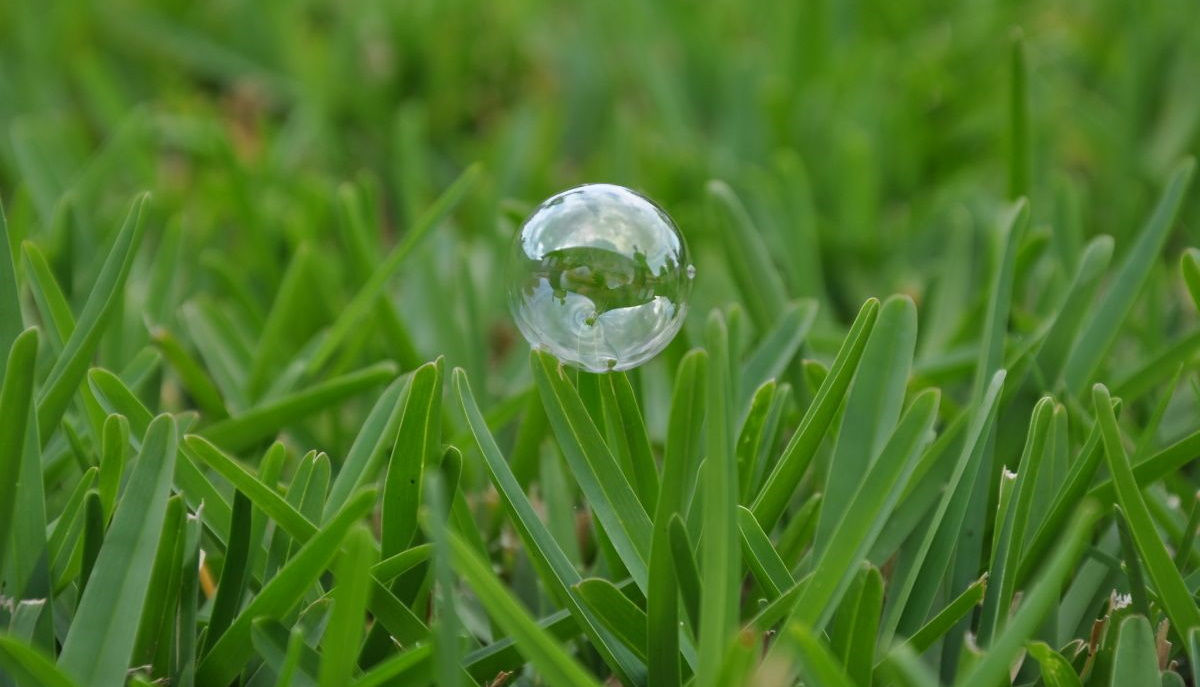
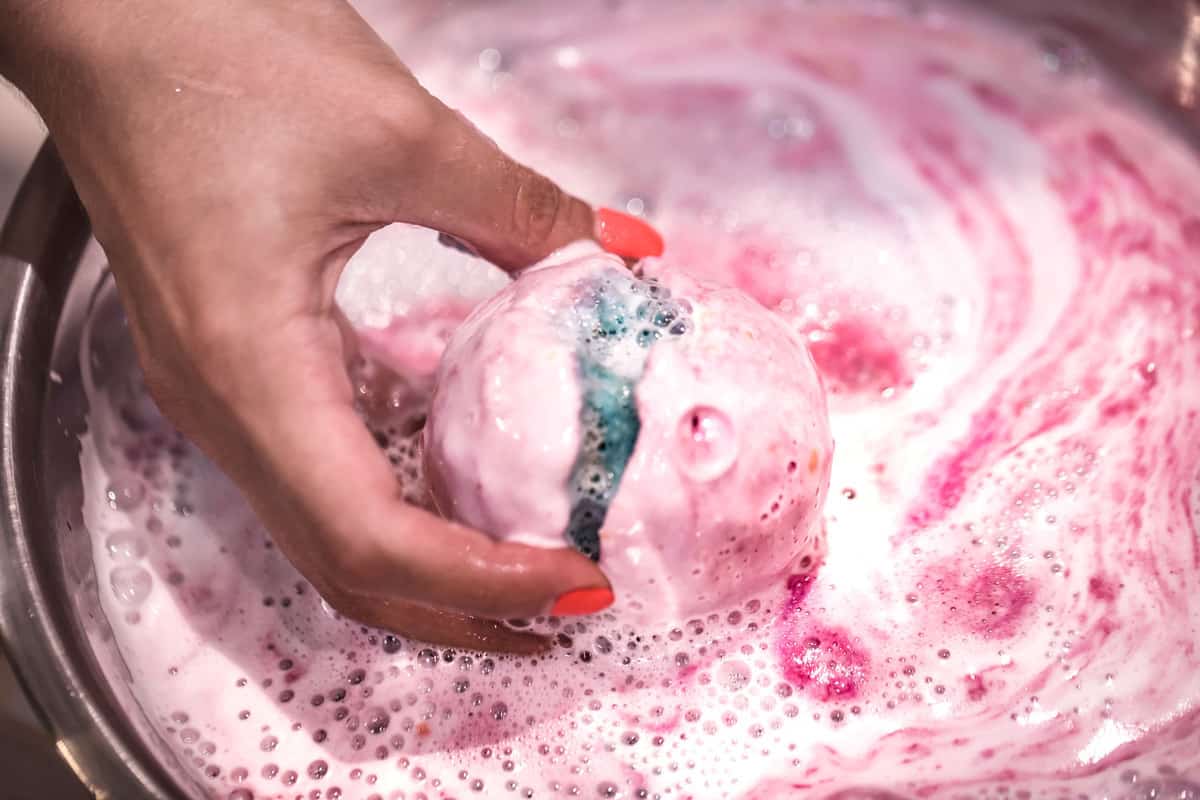
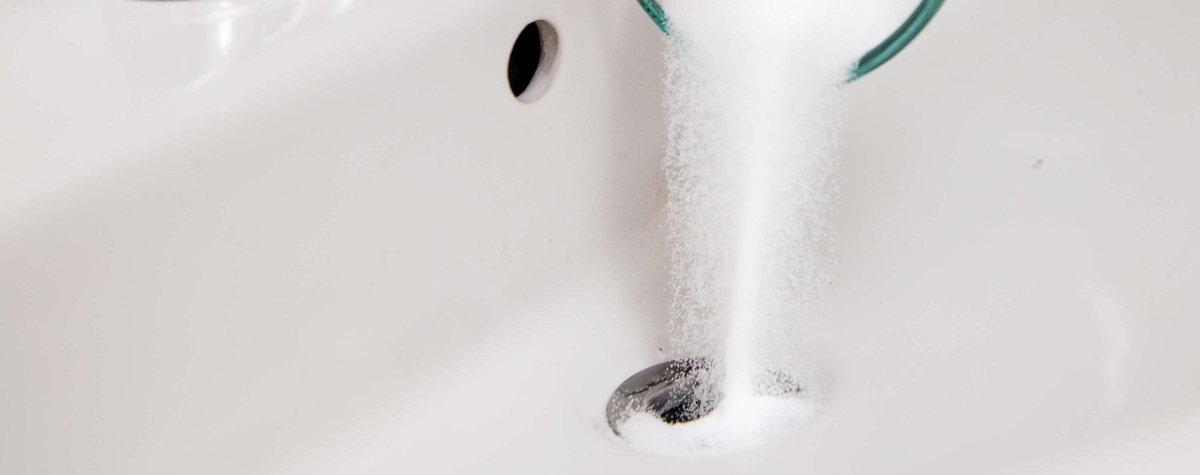


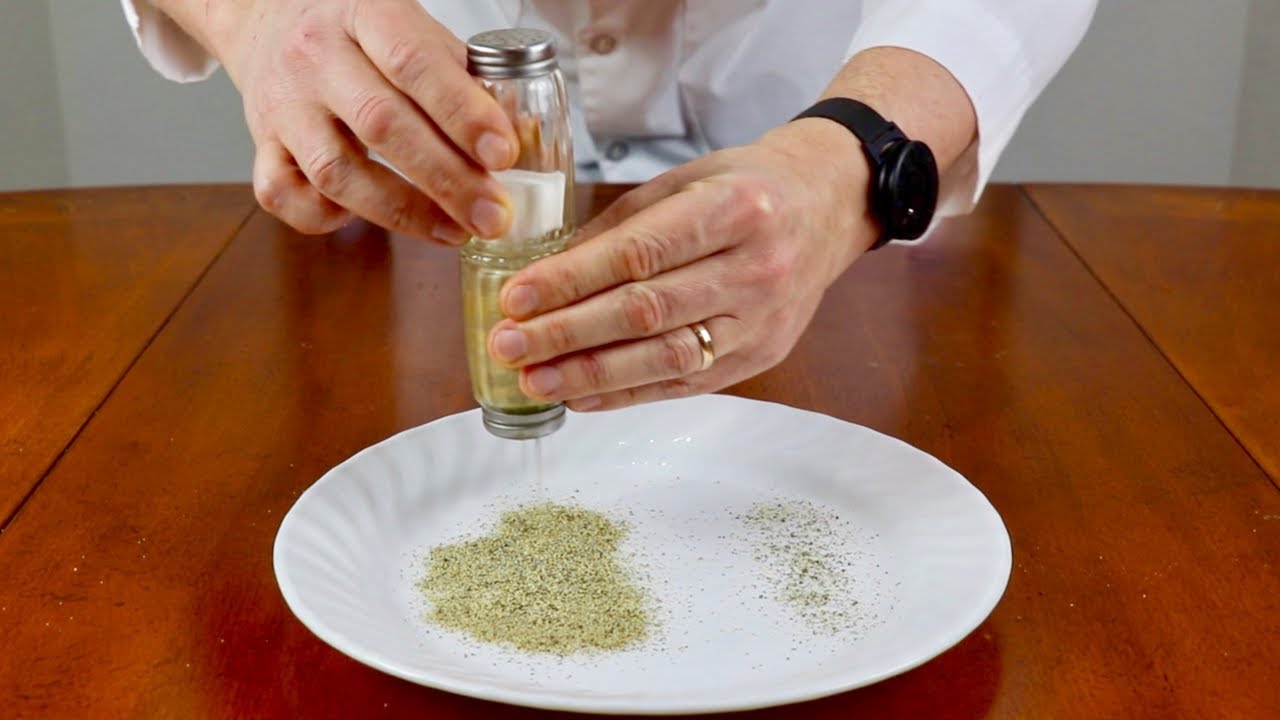
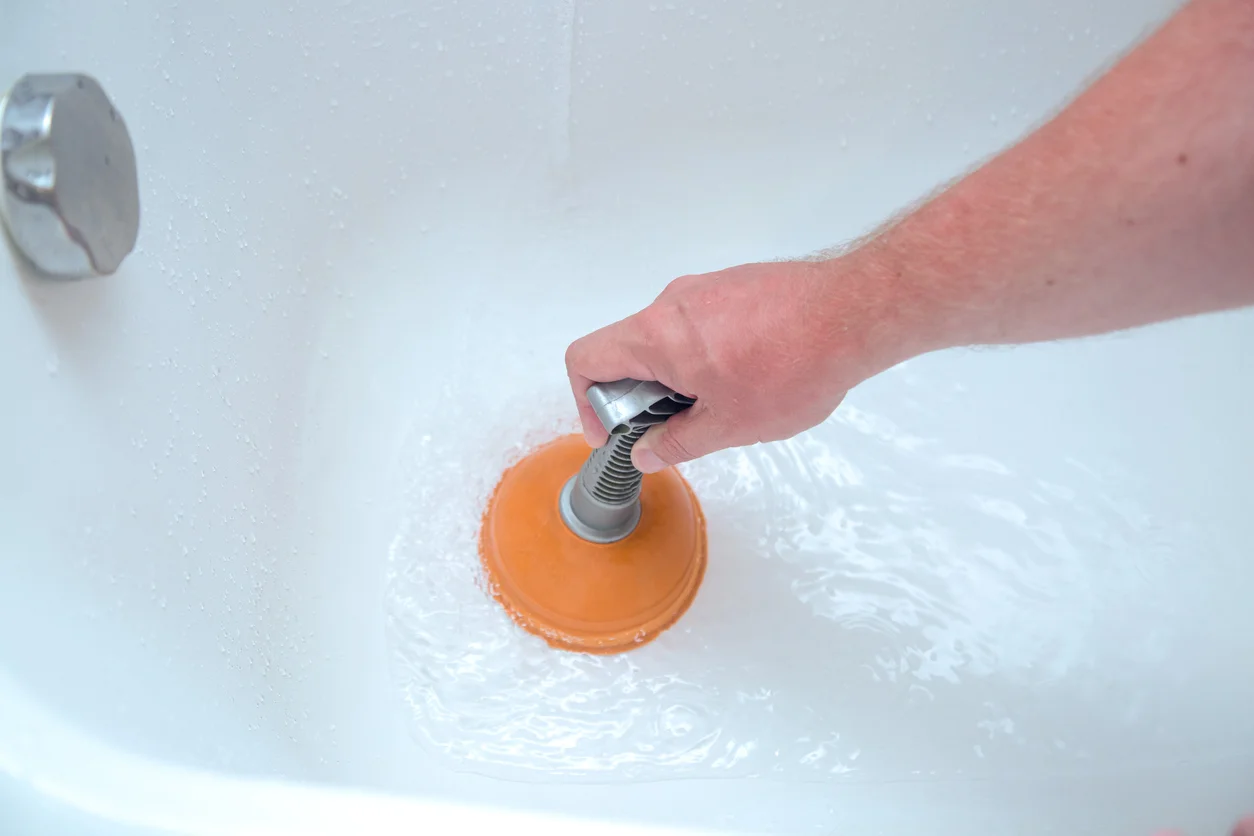

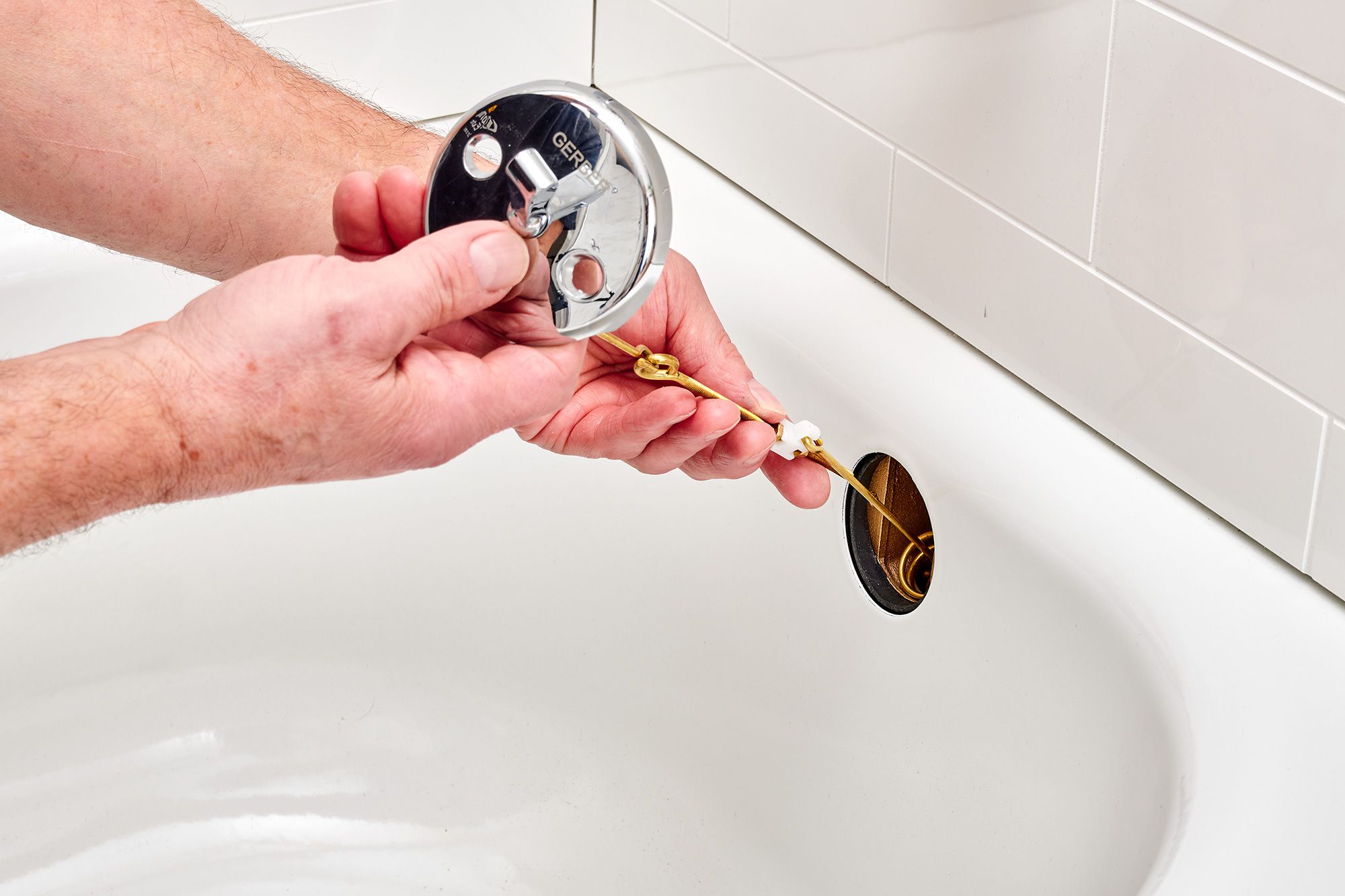
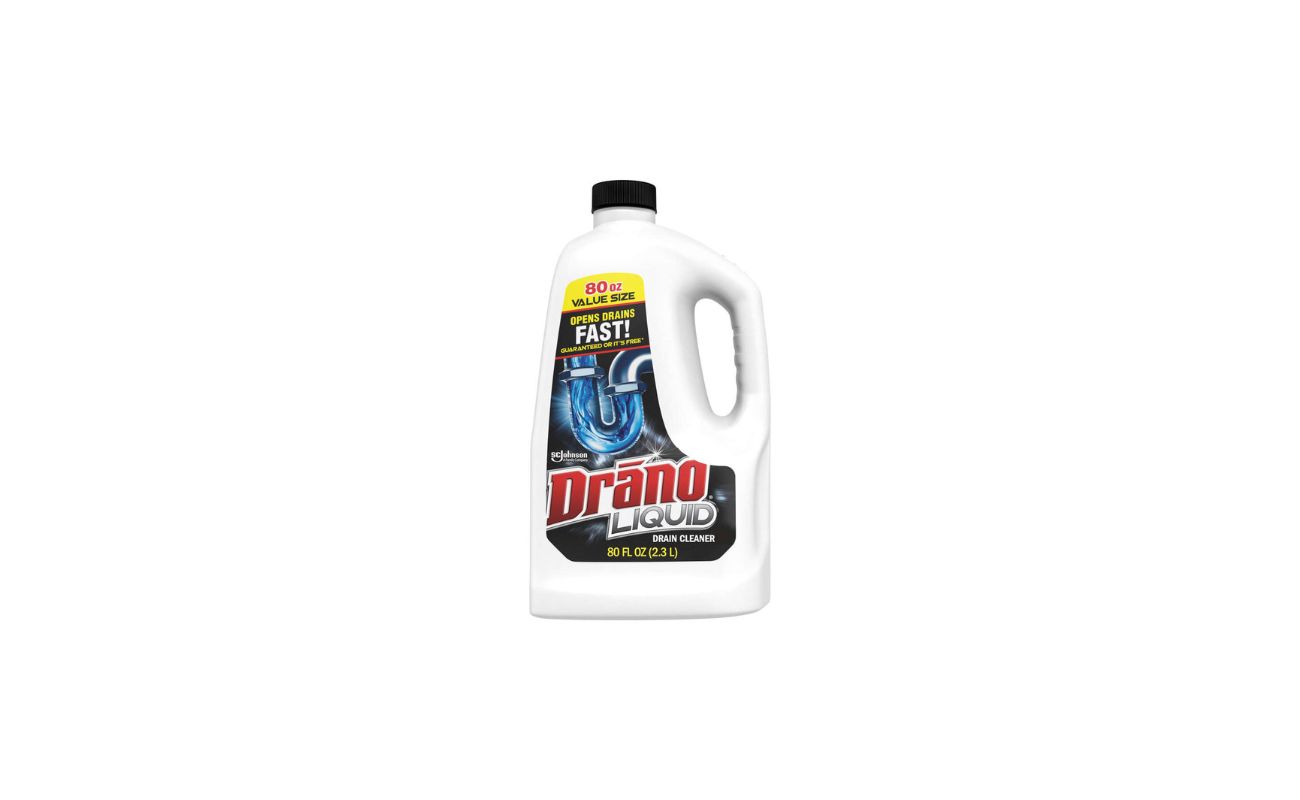
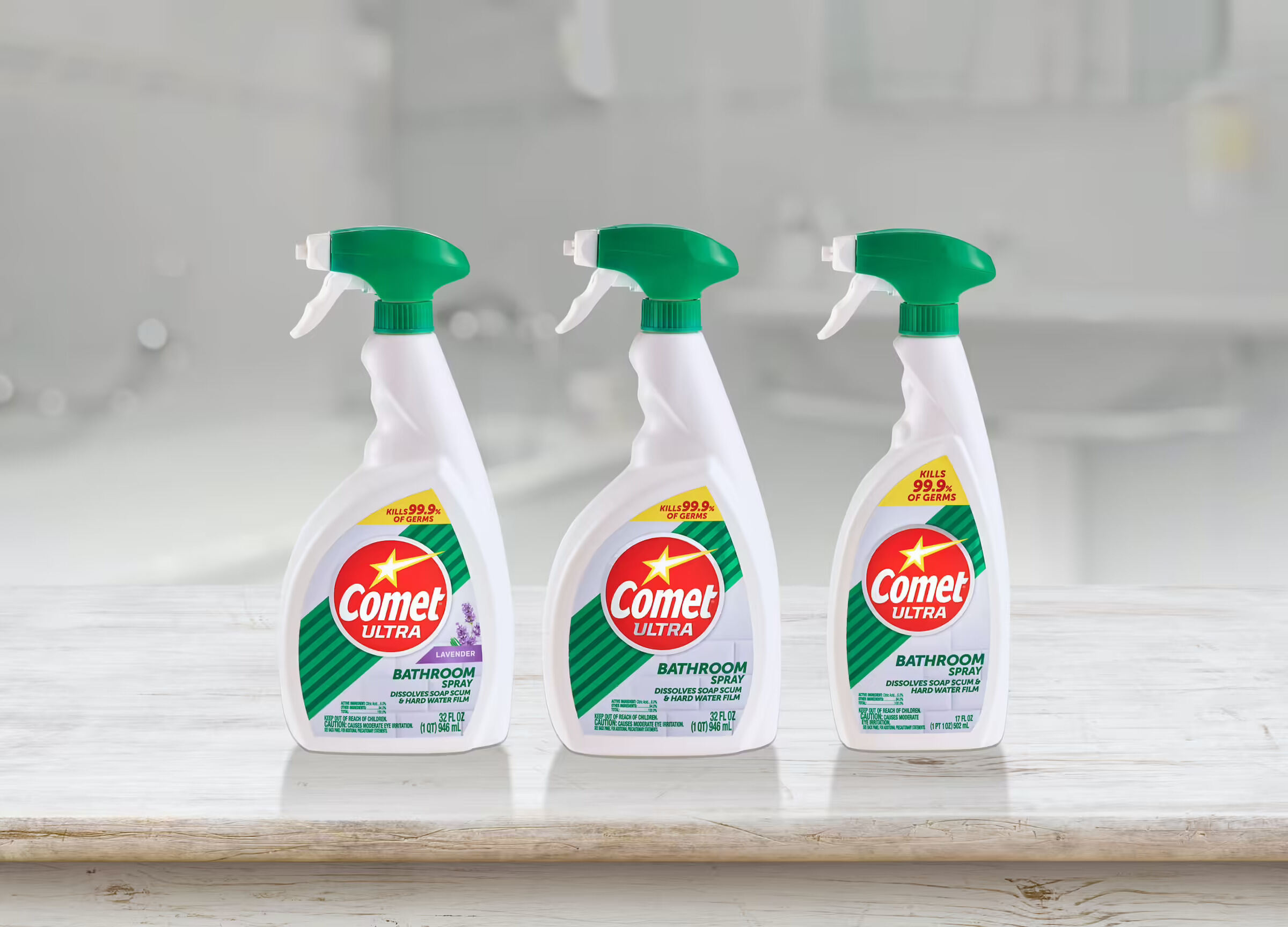

0 thoughts on “How To Use Epsom Salt Without A Bathtub”